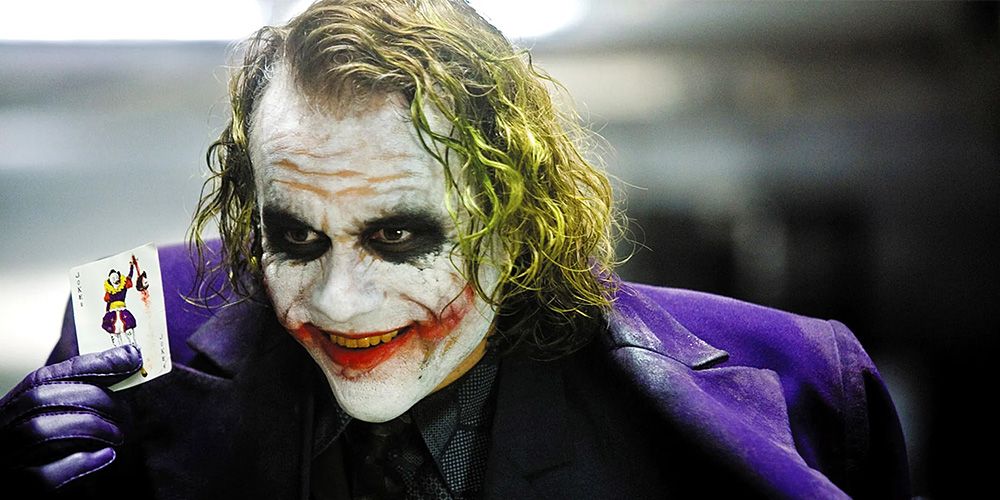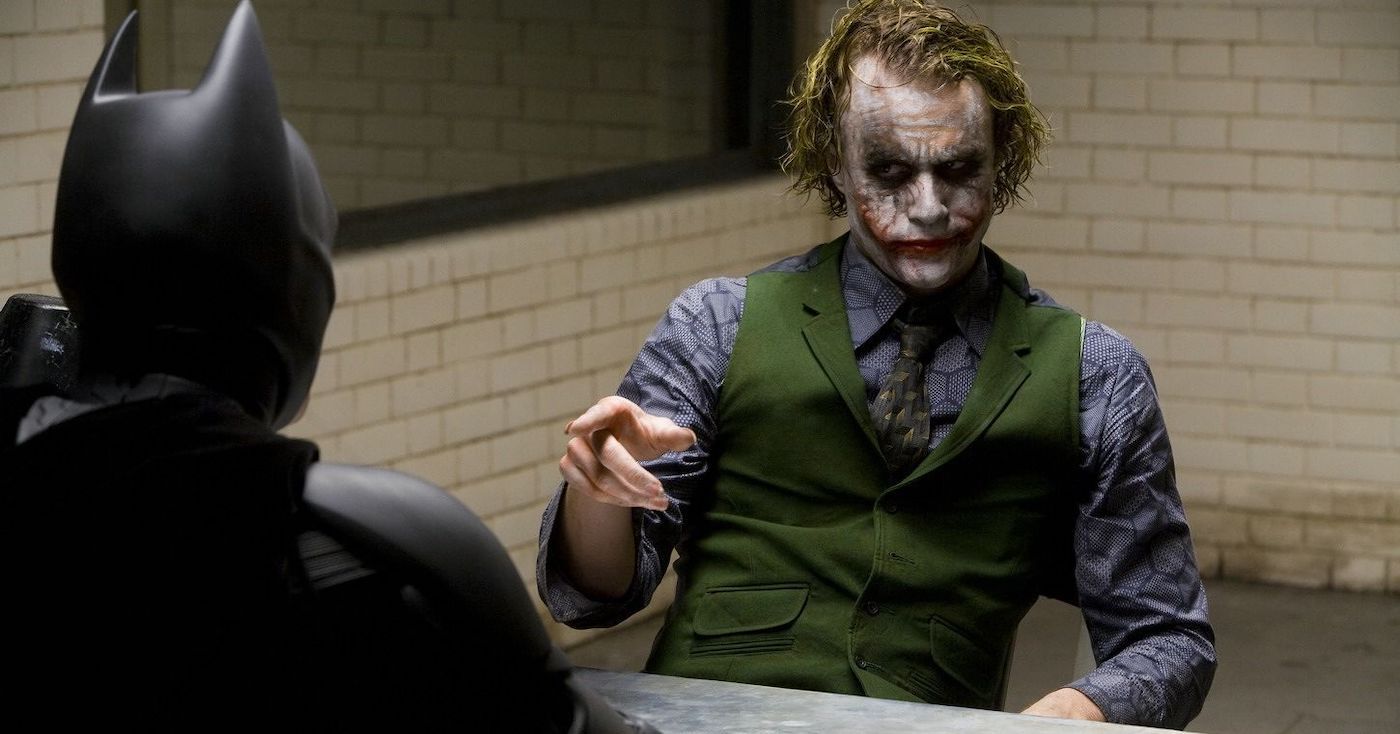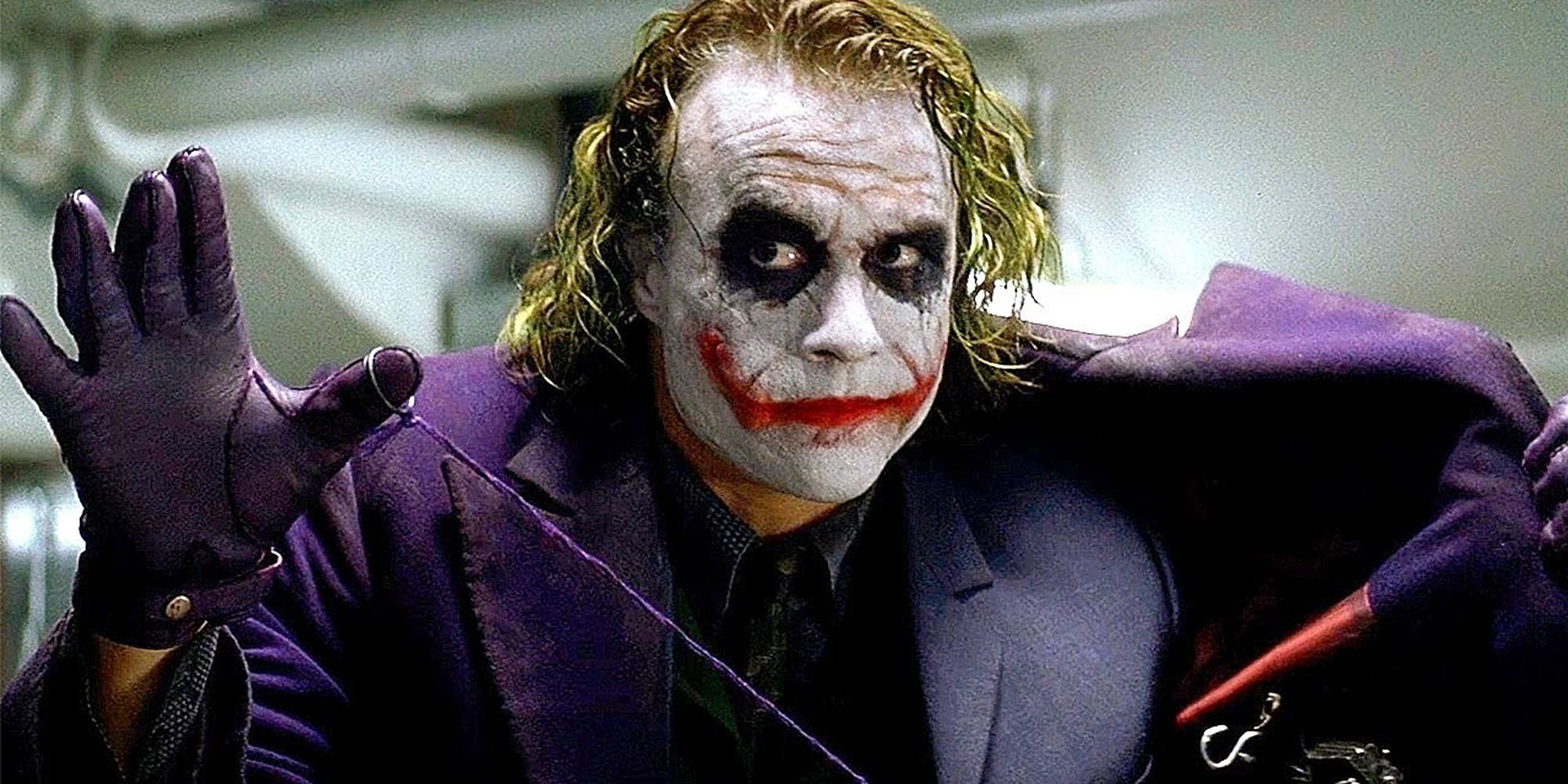Superhero films are one of the 21st century’s most defining exports, but as all comic book fans know, a hero is only as good as their villain. As a result, it’s not surprising that many of their live-action appearances have employed a wide selection of said villains as part of their ensemble casts, but as diehard fans will point out, few of them have done it well. While the prospect of including a litany of classic villains sounds perfect for the popcorn-munching, big screen experience, in practice it usually results in a film that’s overstuffed and overlong without a clear narrative tying everything together. The Amazing Spider-Man 2, Wonder Woman 1984, and Iron Man 2 are just a few examples that suffer from trying to do too much in too short a runtime.
All of them would have benefited from a tighter script, but when faced with the unenviable task of balancing the demands of studio executives while still keeping fans happy, such considerations tend to fall by the wayside. It’s a shame because this has resulted in some of comics’ greatest villains being side-lined in their own films, wasting the perfect opportunity to introduce them to general audiences. The age-old belief may necessitate that sequels be bigger but rarely does that translate to better. Not that multi-villain superhero films cannot work, they just require an artful script that merges all of its elements into a singular narrative with a central theme, and 14 years on, there remains no better example than The Dark Knight.
Resisting the Temptation of Multiple Villains
The 2008 follow-up to the wildly successful Batman Begins, The Dark Knight saw Christopher Nolan cementing himself as one of his generation’s defining filmmakers, creating the blueprint that all subsequent superhero films have either deliberately aped or purposefully avoided. It’s a common pick for the greatest superhero film ever made and proved that even a story about someone who dresses like a bat and fights crime can be told with a level of craft that matches the crème de la crème of Hollywood. A large part of this success stems from it being an incredibly tight movie, focusing its energy on a core trio of characters: Batman (Christian Bale), Harvey Dent (Aaron Eckhart), and the Joker (Heath Ledger).
Batman and Joker Battle for Harvey Dent
The basic premise feels like one ripped straight from the pages of a comic book – the diametrically opposed ideologies of Batman and the Joker do battle for the fate of Gotham City – but the genius of The Dark Knight is the inclusion of Dent who provides a whole new battleground for the decades-long struggle. The film is essentially a war between Batman and the Joker for the fate of Harvey Dent, each seeing his role as the city’s newly elected district attorney as the perfect tool to achieve their vision: Batman hoping he will bring about peace in ways his form of vigilantism never could (making himself redundant in the process), and the Joker viewing him as the ideal target to prove that anyone is susceptible to his unique brand of chaos. Through some careful planning and a few well-placed pokes, the Joker succeeds in breaking Dent’s moral compass, transforming him into the villainous Two-Face.
It’s a shocking moment the first time we see his disfigured face, and even more so when he begins his violent one-man crusade against those responsible for the murder of Rachel (Maggie Gyllenhaal). Just a few scenes earlier he was Gotham’s golden child, willingly throwing himself into the firing line to aid in the Joker’s capture, and now he’s deciding whether people should live or die based solely on the toss of a coin. The murmurings of villainy that had before only been glimpsed are propelled to the forefront, and with it goes Batman’s dream of bringing peace to Gotham through entirely legal means. Batman and Commissioner Gordon (Gary Oldman) subsequently cover up Dent’s actions, allowing the city to retain its serene image of its glorious white knight, but they do so at a great cost. The peace that follows is one built on lies, with their cover-up resulting in a swath of legislation that infringes on people’s basic civil rights (a plotline that continues in The Dark Knight Rises). It also forces Batman to slick away into the shadows, burdened with the blame of murders he did not commit. He may have achieved his retirement, but far from what he had originally hoped.
All the Heroes Are Changed
At the start of The Dark Knight, Batman, Harvey Dent, and Commissioner Gordon are the three greatest heroes that Gotham has to offer. By the time the credits roll, all three have dipped their toes across the line they swore they would never cross, and all have received a punishment as a result. The entire film is spent putting them in extreme situations with no clear answer, and while Batman and Gordon avoid completely sacrificing their beliefs, Dent does not. There’s a clear message about retaining one’s moral virtues even in high-pressure scenarios, and Batman’s failure to prevent Dent from doing this leaves him with wounds that will never heal. It’s fitting that the last time we see Joker he’s laughing maniacally, his actions having caused all of this. The Joker orchestrated the plan to kill Rachel, spinning a delicate web of corrupt cops and criminal crooks that Dent was more than willing to feast upon. As the Joker puts it, “all it takes is a little push,” and after a tense conversation/interrogation in his hospital room, the Dent we previously knew is gone.
Joker and Dent Created Each Other
From this point on, the film has two primary narratives: the Joker’s continued efforts to wreak chaos upon Gotham, and Two-Face’s campaign of vengeance against those who killed Rachel. However, even while the moment-to-moment progression of these plotlines is separate, it still feels like a unified narrative. The Joker and Two-Face have been weaving in and out of the other’s life the entire film, and given that one is directly responsible for the other’s creation, it never feels like two disparate films competing for attention.
During the film’s climax where the Joker tries to convince the passengers on a pair of ferries to blow each other up, Nolan frequently cuts back to scenes of Dent slipping further into depravity, allowing us to see the effect the Joker has had on Gotham on both a micro and macro level. The use of this technique also amplifies the tragedy of Dent’s character – with both the city and Batman too distracted by the ferries to notice what Dent is even doing, any chance of his redemption has long vanished by the time they finally catch up to him. The film’s ending that sees Batman taking the blame for Dent’s murders serves not just as a conclusion to this particular plotline, but also to the wider narrative. Joker’s entire goal was to prove that even the most moral of people could be corrupted, and by the time Batman speeds off into the distance with the police hot on his heels, there’s little doubt he achieved that.
Two Is the Perfect Number
One of the smartest decisions Nolan made with The Dark Knight was keeping it limited to just two villains. While the success of Batman Begins would have enabled him to include virtually anyone he wanted, he smartly avoids overloading the film with classic characters. Even when he has the opportunity to include the Riddler with the similarly characterized Coleman Reese (Joshua Harto), a tech genius whose name sounds suspiciously similar to “mysteries” when he’s referred to as “Mr. Reese” (almost certainly a homage to the Riddler’s real name, Edward Nygma, sounding like “enigma”), Nolan avoids it. Suddenly throwing in Batman’s second most iconic villain would have completely overshadowed his small but significant role in the narrative, and leaving him as an original character with only a slight reference to his potential comic-book counterpart benefits the film greatly. Similarly, while other DC villains such as Sal Maroni (Eric Roberts) and Scarecrow (Cillian Murphy) do make appearances, their roles are kept small (with the latter only appearing in one scene), ensuring the focus always remains on Joker and Two-Face.
Compare this to the approach taken by other superhero films, and you can see just how impressive The Dark Knight’s structure is. The Amazing Spider-Man 2, for example, fits in three of Spider-Man’s major villains with plotlines that feel entirely separate for most of the film, while also managing to squeeze in explicit references to a multitude of others. A hardcore Spider-Man fan might find enjoyment from this in a “greatest hits” sort of way, but such things are not conducive to efficient storytelling. Electro (Jamie Foxx) and Green Goblin (Dane DeHaan) deciding to reign terror upon New York at the same time appears more coincidental than anything else, and it can be easy to forget one plotline exists while watching the other. By comparison, The Dark Knight weaves its Joker plotline into every frame of the film. Two-Face would not exist without him, and similarly, the Joker would cease to be a threat if he failed to corrupt one of the film’s main heroes. Both compliment the other, the secret ingredient that makes the film work.
Of course, such things are easier said than done. Balancing the mountain load of priorities that all superhero films come tethered with is no simple task, so it’s not surprising that many of the genre’s recent successes like Black Panther and Avengers: Infinity War focused on just one clear villain. Even so, the temptation to include multiple villains is hard to resist, especially when working…
Read More:How The Dark Knight Nailed Having Two Villains
2022-09-17 14:45:00





